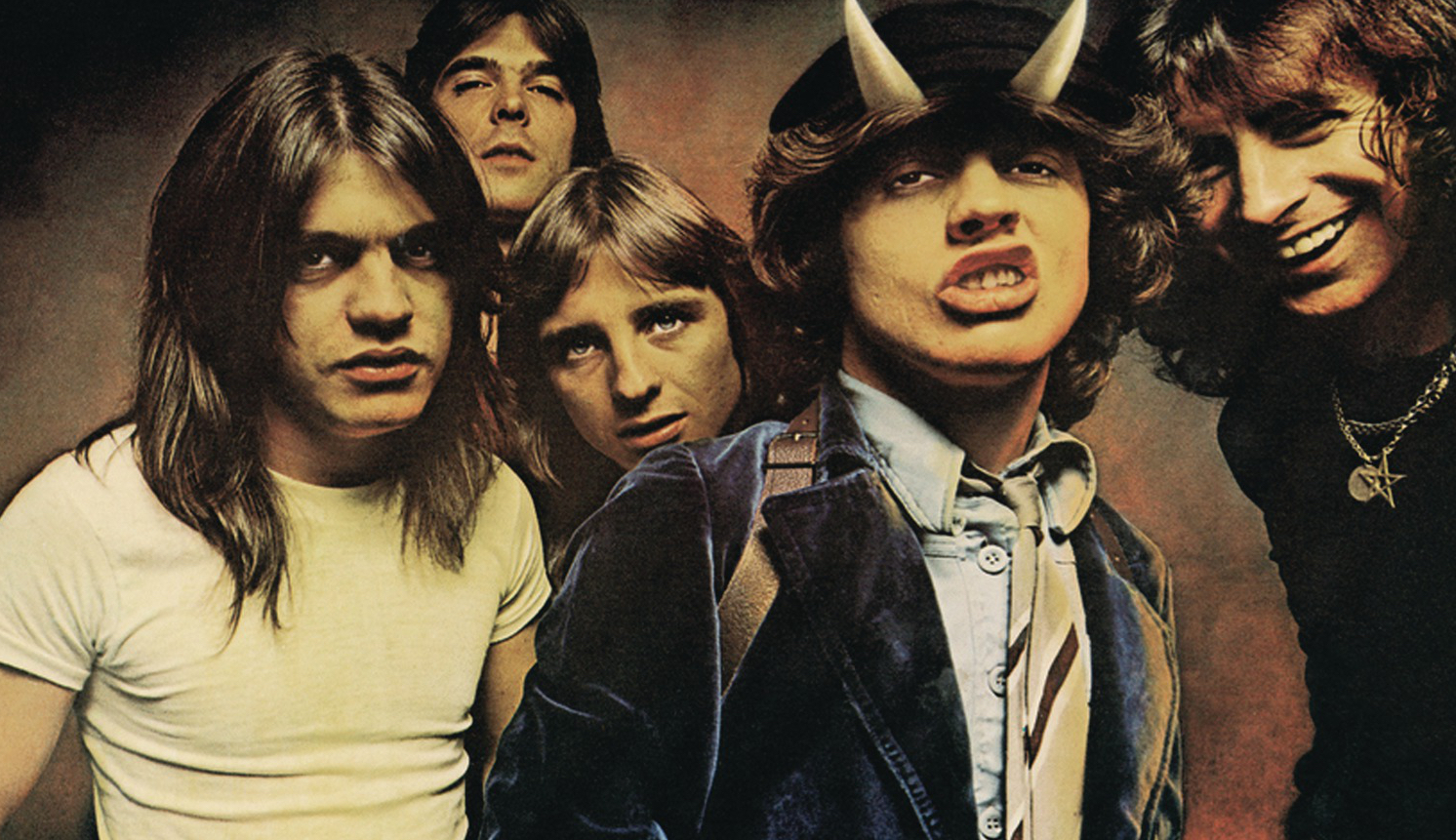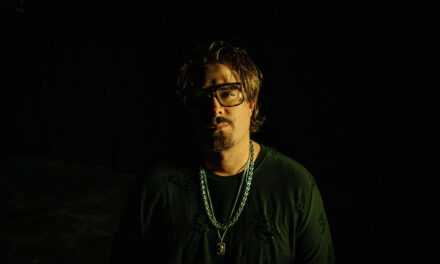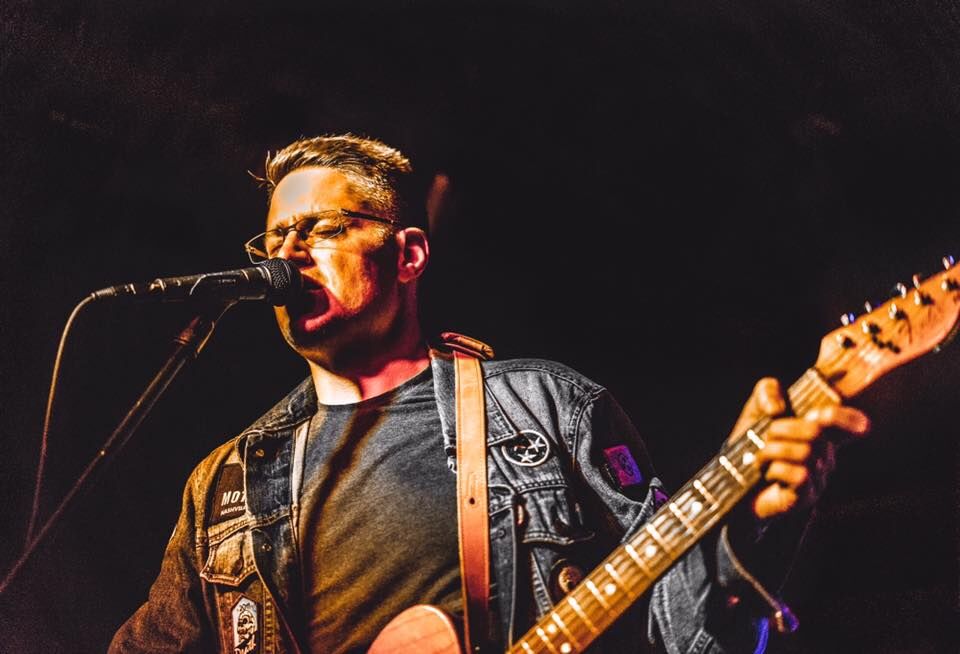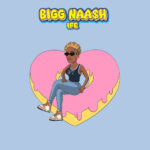I remember being very suspicious about paying for monthly streaming. I think my generation was probably the guinea pigs to see if we would buy it (no pun intended). For most of my high school years I listen to the free version of Pandora, as well as found music from other shady places that may or may not have given my computer copious viruses (thanks, LimeWire).
However, I distinctly remember, that when Spotify started advertising their premium subscription more, it only took me a couple days to commit to the monthly payment. It was worth it – the multiple playlist options, the unlimited streaming – online and offline? It was an easy sell to me. And it has definitely been to others as well.
How did Spotify make paying another monthly bill so enticing? It could be because the subscription model makes it feel “free,” even though it isn’t. You pay every month, and get the unlimited content you want, whether it be TV shows, movies, audio books or music. However, the personalization the lack of remembering to pay for each song/album, definitely makes it feel more open. Spotify founder, Daniel Elk even calls it “freemium.”
This is the model that major entertainment companies like Netflix, Hulu and Amazon have been using and tremendously succeeding in. However, for music streaming, Spotify seems to be only one company that is really championing this model.
Music streaming wasn’t always embraced though. Now, some are projecting that Spotify has shifted the game since 2015 when they added their premium subscription model. For $9.99 a month, listeners get unlimited music, playing songs on mobile, ability to download and listen offline and of course, no ads. They even have packages for students ($4.99/mo) or family bundles (14.99/mo).
This may not seem like a big deal for someone who is using Spotify regularly and didn’t even think about paying the premium cost. But that’s the point – it is a big deal.
Since the rise and fall of Napster, no music streaming services have really been able to champion tactics to keep people paying more for music today. Spotify currently has over 75 million subscribers who are paying for this service, and it seems like it’s only going to be on the rise. Forbes.com reports that in the past week, “Spotify’s stock opened for public trading on the New York Stock Exchange with a market capitalization of $27 billion.”
Companies such as MOG, Turntable.fm, Muxtape, Grooveshark, Skeemr and others have not been able to reach this level of support. According to Wired, even Pandora, the company with the most similar model to Spotify’s services, ended in a buyout by SiriusXM back in 2015.
With help from having strong ties to record labels and being able to attract the younger populations, Spotify is embracing the new subscription-model better than some of their competitors. This can be shown through recent data collected between August 2017 and August 2018 by Edison Trends, which show a steady rise of Spotify’s subscription base, as they are neck and neck with the one and only, Netflix.

Founder and CEO of Spotify Daniel Elk has made sure to make the mission of Spotify clear: to empower all artists and to give an authentic experience for the listeners. “Fans wanted all the world’s music for free, immediately. So what we did was build a better experience,” Elk said at an investor meeting back in March.
Overall, this new model is helping the music industry tremendously. This could be seen through a rise in music sales, which have been on lower than ever due to piracy issues. Billboard reports that music sales have actually grown 11.4 % in 2016 – the highest growth since 1998. This shows that streaming services like Spotify have done the impossible. That is, they’ve made young people start paying for music again.
Not only is Spotify’s tactics helping change the game in music streaming, the company is also helping embrace the subscription model for other businesses. As shown with Spotify, only 10 percent of their revenue currently comes from ads, as the monthly payments from their 71 million paid subscribers are putting in.
It’s been fascinating to see the shift in music consumption since the time of CDs and illegal song downloading, however, the new streaming model can bring a new era, and Spotify seems to now be leading the way.













